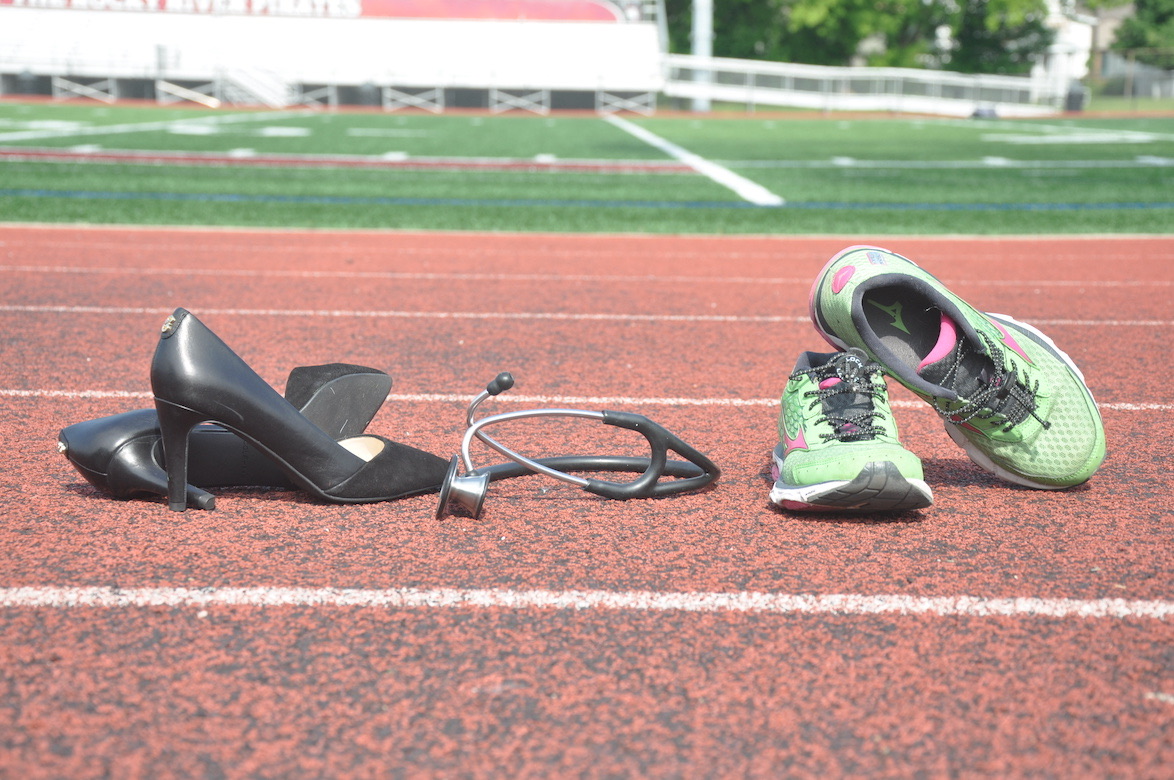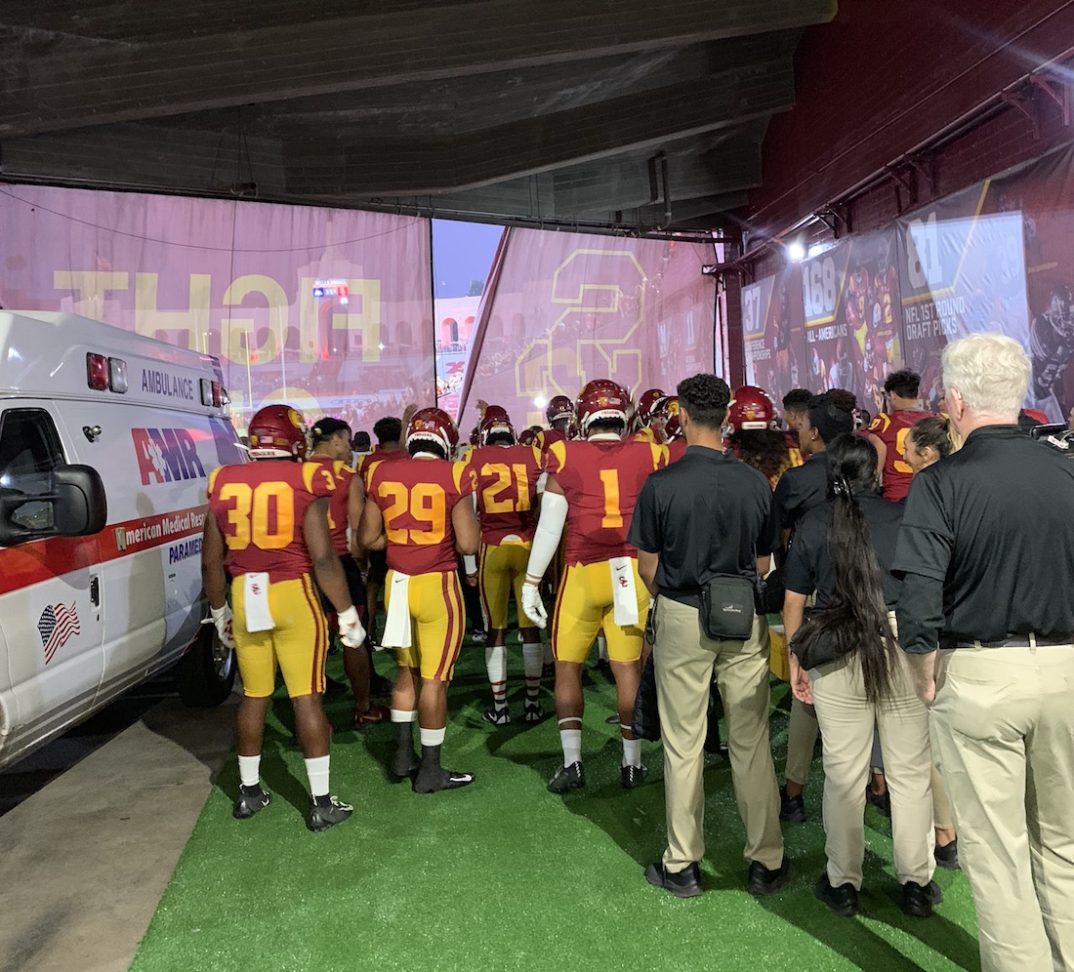Given the state of the world, people are increasingly turning to outdoor recreation and exercise. More people than ever are out running! This is awesome. However, with this, comes the possibility of new injuries. Runners are some my favorite patients because as a runner myself, I see the motivation and time commitment as well as the joy that being a runner can provide. Unfortunately, when I am seeing patients in the office, usually, they are having pain or have had an injury. An injury that has presented more often recently due to people turning to the streets for exercise is something called a stress fracture.
A stress fracture is essentially breakdown of the bone that occurs from repeated small forces. When we run or do other high-impact activities (jumping, plyometrics, or other exercises when both feet are off the ground at once) our bones break down and then heal when we rest. This is a normal process that happens on the microscopic level and is the way the bone stays strong by regularly “remodeling” itself. When the balance between breakdown and healing becomes unequal, we can develop a stress fracture. This stress fracture is a weakness in a small area of the bone that does not have a chance to heal before the next round of impacts, an overuse injury.
Other factors sometimes contribute to the development of the fracture. Remember I said that they start by a disruption in the balance of breakdown and healing of the bone. For a person training for their first marathon it seems that an increase in the breakdown forces would be the cause. Well, what about the other side? What if the breakdown hasn’t changed, but the healing side can’t keep up? This can also be a reason why stress fractures occur. Why does this happen? The reason we have slower healing can often be attributed to nutritional factors, hormonal factors, weakened bones from medications, or simply aging.
The main symptom of a stress fracture is pain usually described as an achy sensation deep in the area of the body that is affected. What can be tricky is most people can continue to run but then experience this achy pain after the run or even at night. The lower extremities are where stress fractures usually develop. This makes sense as are often due to the impact of running. Common places are in the lower leg bone (the tibia) and the foot bones (metatarsals). Occasionally, one can also develop stress fractures in the small bone on the side of the leg (fibula), in the upper large leg bone (femur), or in the hip socket or pelvis. How serious the stress fracture is depends on a few factors, and one of the most important is where it is located – that is, some locations are more high risk than others for bad problems!
When I see someone in my clinic that has a stress fracture, the story they tell usually goes a little something like this… they have increased their mileage, or they changed their running routine in some other way. They may have started to train for a marathon having never done one before, or maybe they are just training harder to get to a faster race time. Maybe they are new to running…
They usually report pain in a small area in one of the body parts we mentioned before.
After we talk, I do a physical examination. We get an x-ray that gives me a basic overview of the bone shapes, structures and the space between them.
Sometimes we can see the stress fracture on the x-ray. If we do see it, we see a slight change in the contour of the edge of the bone that I like to refer as a “scaffold” (think scaffold on the side of a new building being built). This is what your body does in response to a stress fracture developing. It works overtime to build this scaffold to try to patch (heal) and protect the bone. If that scaffold continues to get abused by your activities (i.e. you kept running despite the pain), the body can’t keep up and the scaffold breaks down as well. This shows up on the x-ray as a dark black line through your bone and is a more serious problem, the so-called “dreaded black line.” This means that the stress fracture has progressed, is no longer microscopic and is a more serious problem. In this instance, x-rays are great tools. But keep in mind not seeing a stress fracture on an x-ray does not necessarily mean you do not have a stress fracture. If only things were easy right! So, what do we do if we highly suspect you have one and don’t see anything on the x-ray? Sometimes we need more information, and in this instance, we may do an MRI to evaluate the bone structures further. The MRI gives us more information because it not only shows us the bone but also can show swelling in the bone, the bone matrix in more detail, and any “black line” cracks are very apparent. Both imaging modalities can be helpful, and you don’t always need one or the other. (We try to be thoughtful about ordering tests in medicine, so if things will not change the treatment, we just use the history and physical examination!)
To heal a stress fracture, we must first rest from the insult that was causing the problem. Second, we must address what if anything in your body that caused a deficiency that the bones couldn’t keep up with. That is very important. If we just allow you to rest from running, and then you start back doing the exact same thing at the exact same speed and pace that you were before without addressing all the other factors, it is extremely likely that the stress fracture will recur.
We also investigate why the stress fracture developed. This may mean you need an evaluation of your running gait and the strength and control of your lower extremity muscles. Sometimes all we need to do is discuss your specific training program and see how their progression and amount of running, volume of training, volume of cross-training, and rest all may have contributed to the injury (as a sports medicine physician my favorite part is to help you get back to running and sport ASAP!) We also discuss nutrition, and whether finding a way to optimize this or other associated factors (think hormones, vitamins, blood tests, etc…) are needed as well. More on these topics another day.
If you have, questions about stress fractures let me know!

